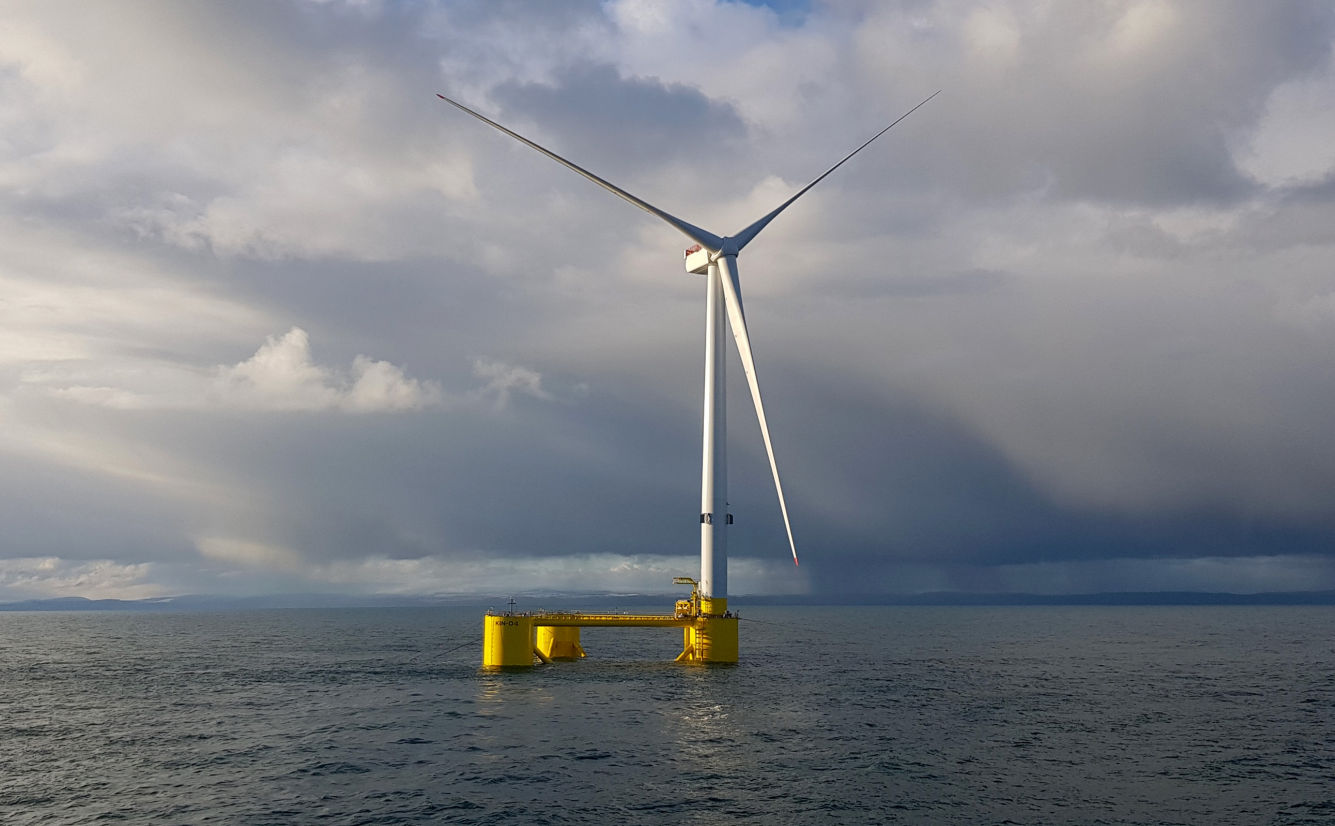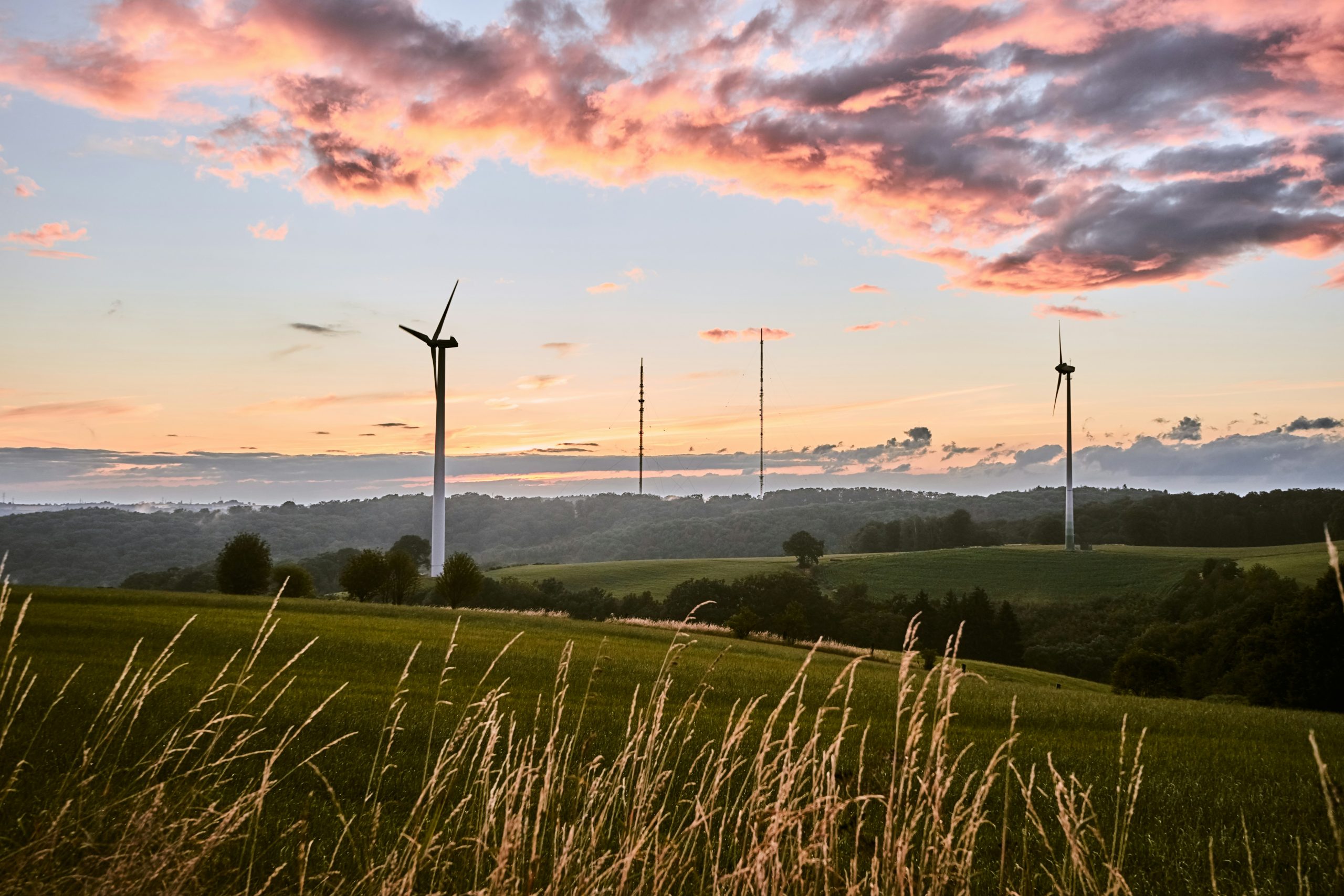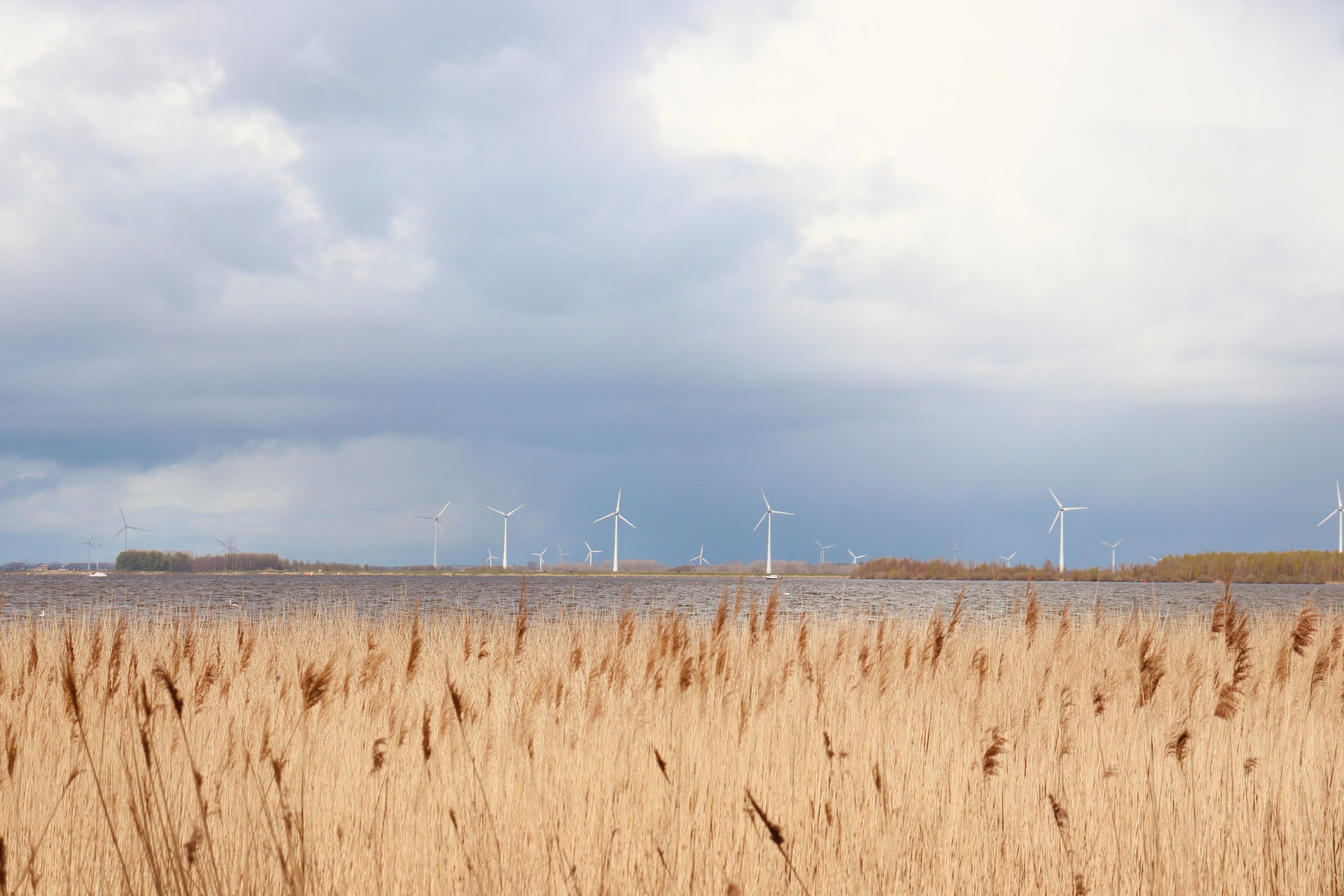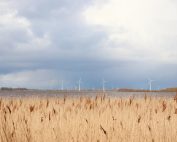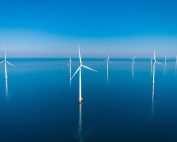The urgent need for immediate action to address climate change is emphasized once again by the latest climate report from the Intergovernmental Panel on Climate Change (IPCC). To limit global temperature rise to 1.5°C, the international community must take immediate and bold steps. Offshore renewables, including offshore wind and ocean energy, hold significant potential in accelerating the global energy transition and opening up new economic and social opportunities.
Explosive Growth and Future Potential
The International Renewable Energy Agency (IRENA) highlights the remarkable growth of offshore wind, with installed capacity surging 18-fold to over 55 gigawatts (GW) in 2022. Similarly, ocean energy has shown promise, reaching installed capacities of 0.535 GW in 2021. If major obstacles like slow permitting procedures and increased investments are successfully overcome, offshore wind and ocean energy can reach 380 GW and 350 GW, respectively, in 2030.
Unlocking the full potential of these renewable energy sources requires overcoming key barriers such as streamlining permitting processes and increasing investments.
IRENA Members’ Collaborative Framework on Offshore Renewables: The recent 6th meeting of IRENA’s Members’ Collaborative Framework on Offshore Renewables (CFOR) focused on scaling up investments in ocean energy technologies and preparing a brief on enabling frameworks for offshore wind scale-up. Representatives from 38 Member States, along with industry stakeholders and international organizations, gathered to discuss these critical topics.
Addressing Permitting Challenges
One of the primary challenges identified in the upcoming IRENA-GWEC brief is the complexity of permitting protocols for offshore wind. Streamlining administrative processes and establishing centralized authorities to oversee the permitting process are key recommendations to accelerate the deployment of offshore wind projects. These actions can provide greater market visibility and clarity to attract private investors.
Unlocking Financing for Ocean Energy: IRENA and Ocean Energy Europe (OEE) are collaborating on a concise guide to help decision-makers leverage various financial instruments to stimulate investments in ocean energy technologies, encompassing wave and tidal energy. Public support, similar to the assistance provided to wind and solar energy, is crucial to drive market growth for ocean energy. Governments play a vital role in setting clear targets and offering incentives to encourage private investments in this promising sector.
Insights on Floating Offshore Wind
A panel discussion during the CFOR meeting highlighted the importance of setting targets for infrastructure rollout, developing robust regulatory frameworks, investing in port infrastructure, and conducting further research on the environmental impact of floating offshore wind solutions. Initial observations suggest positive effects on marine biodiversity near these installations, as they create safe environments conducive to thriving ecosystems.
Offshore renewables and ocean energy offer tangible solutions to create a decarbonized, sustainable, and secure energy ecosystem. The collaboration between IRENA, industry stakeholders, and Member States is instrumental in addressing challenges, unlocking investments, and accelerating the deployment of offshore wind and ocean energy projects. By embracing these renewable sources and overcoming barriers, we can foster a cleaner future and mitigate the impacts of climate change.
Source: IRENA
